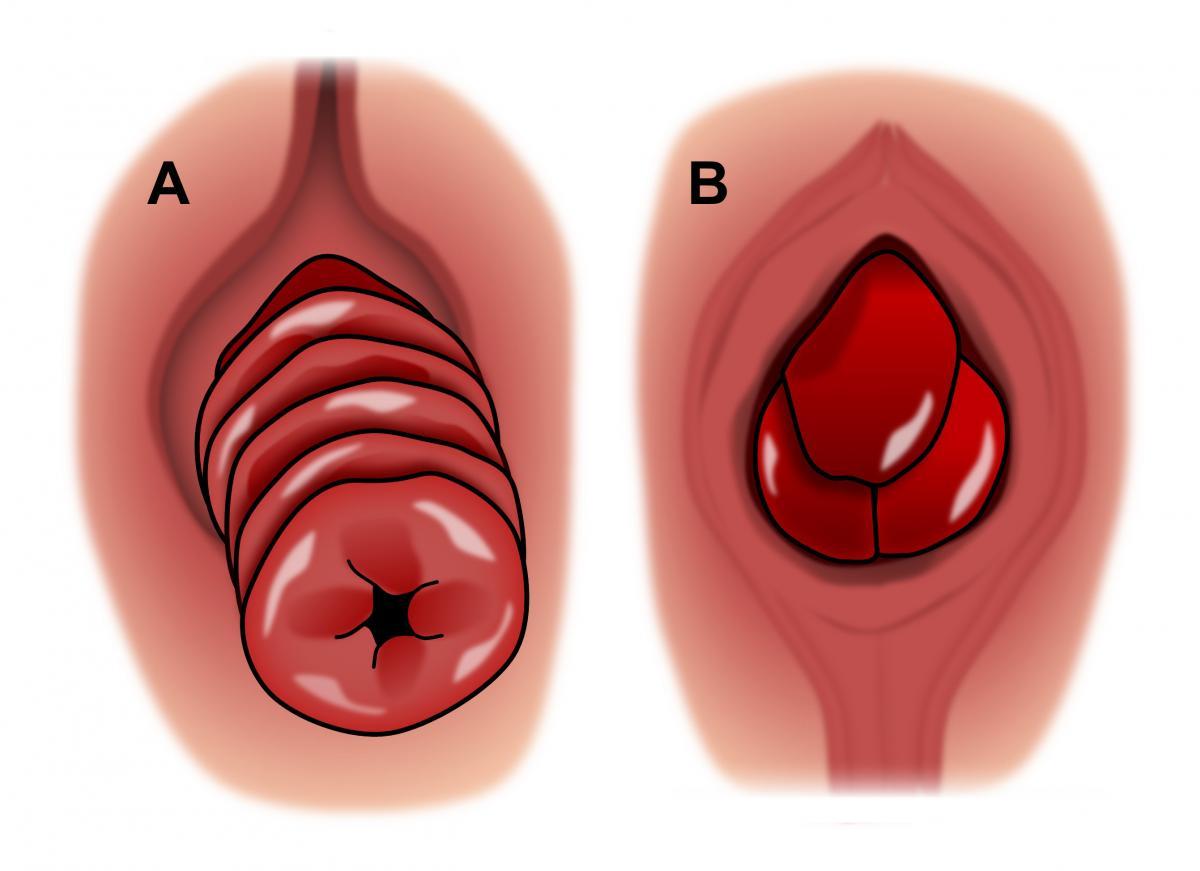Rectal Prolapse Treatment in Mumbai
Rectal prolapse
Rectal prolapse occurs when the rectum (the lower end of the colon just above the anus) gets stretched and protrudes out of the anus. At this stage, anal sphincter muscle weakness is often associated with rectal prolapse, resulting in stool or mucus leaks. While both sexes are affected, women are much more likely to be affected than males. If you’re experiencing the discomfort and distress caused by rectal prolapse, you’re not alone. Our specialized rectal prolapse treatment in Mumbai is here to provide the expert care and solutions you need.

What are the causes of Rectal Prolapse?
- Constipation for a long time with a history of straining to defecate.
- Chronic diarrhea
- Old age – As a result of pelvic floor muscle laxity and decreased anal sphincter tone.
- Pregnancy, difficult vaginal birth, and several vaginal deliveries
- Chronic cough caused by COPD or another condition
- Multiple sclerosis, lower back or pelvic injuries, and spinal tumours
What are the symptoms of rectal prolapse?
Rectal prolapse symptoms vary depending on severity, but might include: –
- Rectum protrusion through the anus
- The need to use ample quantities of toilet paper to wipe up after a bowel movement
- Leakage of liquid feces, especially after a bowel movement
- Incontinence, or the inability to control bowel movement
- Sometimes constipation with straining can be a predominant symptom
Rectal Prolapse Types
Partial or mucosal prolapse: Only the rectum’s inner lining protrudes through the anus. It is generally 2cm long and causes radial folds.
Procidentia / full-thickness rectal prolapse: A portion of the wall (containing all three layers) protrudes through the anus. It’s around 2-5cm long and makes concentric circles.
Occult or internal intussusception: The rectum folds on itself but does not protrude through the anus.
How to diagnosis rectal prolapse?
Clinical examination is sufficient to diagnose external rectal prolapse in
MRI Defecography –This is used to diagnose internal rectal prolapse
Sigmoidoscopy – A thin tube with a light and camera at the end is used to let a doctor to examine the interior of your rectum and intestine.
What are the treatment options for rectal prolapse?
This medical condition can only be treated by surgery. There are two forms of surgery that may be used to treat rectal prolapse.
Rectopexy-
Surgery is performed by laparoscopy or via a larger incision on the abdomen. Rectopexy is the process of repositioning the rectum to its original position. Before performing the rectopexy, a portion of the intestine may be removed.
Perineal rectosigmoidectomy (rectal prolapse repair via the anus)- In a more typical Altemeier treatment, the surgeon pulls out the rectum through the anus, removes a portion of the rectum and sigmoid, and connects the remaining rectum to the colon (large intestine).
Delorme procedure– Another approach for healing rectal prolapse via the perineum is the Delorme procedure, which is more often used for short prolapses. The lining of rectum is removed and the muscular layer is folded to shorten the rectum.
For more information & consultation on Rectal Prolapse Treatment in Mumbai, contact us on 81087 91470 or simply fill in your name and number & one of our team member will get in touch with you soon. Our team of experts along with Dr. Chintamani Godbole, MS, DNB (Surgical Gastroenterology), FRCS (Edinburgh, UK), and Gastrointestinal surgeon will help you out in understanding your problem and guide you through every stage of your treatment. For Hospital directions click here.

